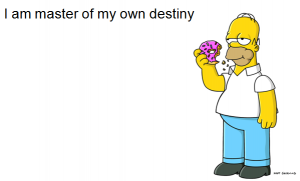 What can you learn about blog writing and content marketing from the theater?
What can you learn about blog writing and content marketing from the theater?
As I’ve mentioned before, I’ve attended local theater productions, including performances on The Naked Stage. (Photos courtesy Stuart Miles)
If you’re not familiar with this kind of theater format, the actors read their lines, sitting on stools, dressed in black, without benefit of costumes, scenery, makeup, or movement. Hence the name, Naked Stage: the presentation is devoid of any of the usual visual aids.
There’s a narrator to explain the scenes and movements, including sounds, which in this case consisted of a gun going off. In one of these performances, the narrator yelled, “GUN SHOT!” Not “BANG” but “GUN SHOT!” It is truly minimalist and much depends on the actors’ voices. Everything, perhaps. They don’t even look at each other, they are reading their lines. Read More→











